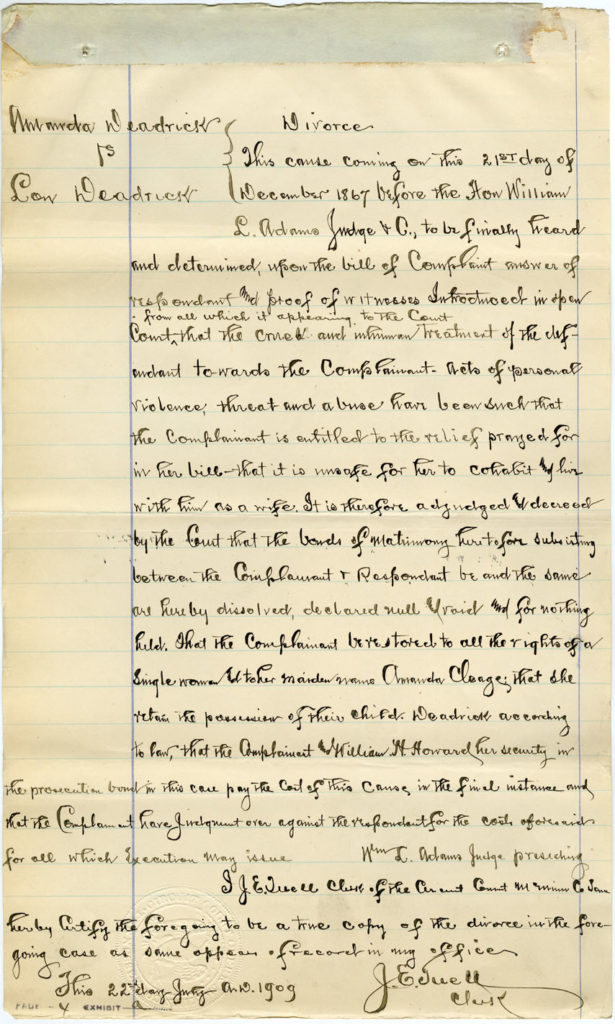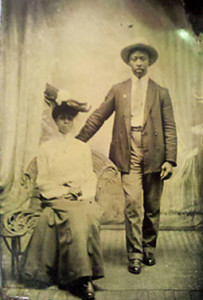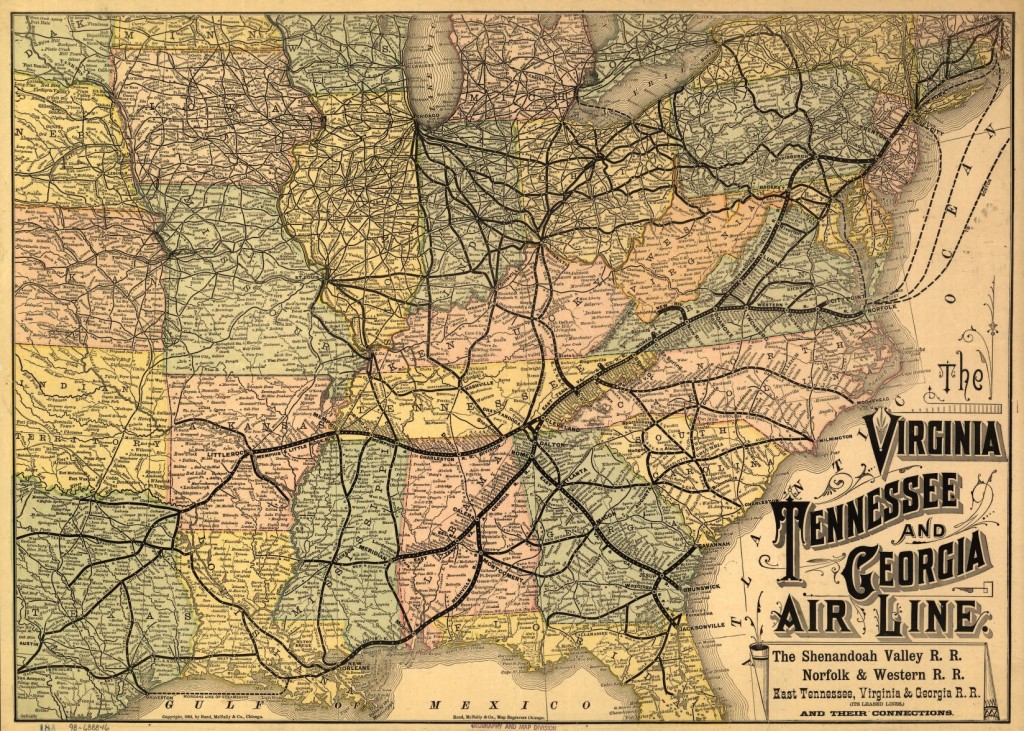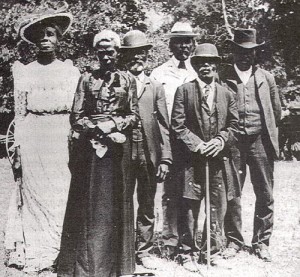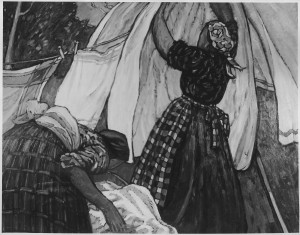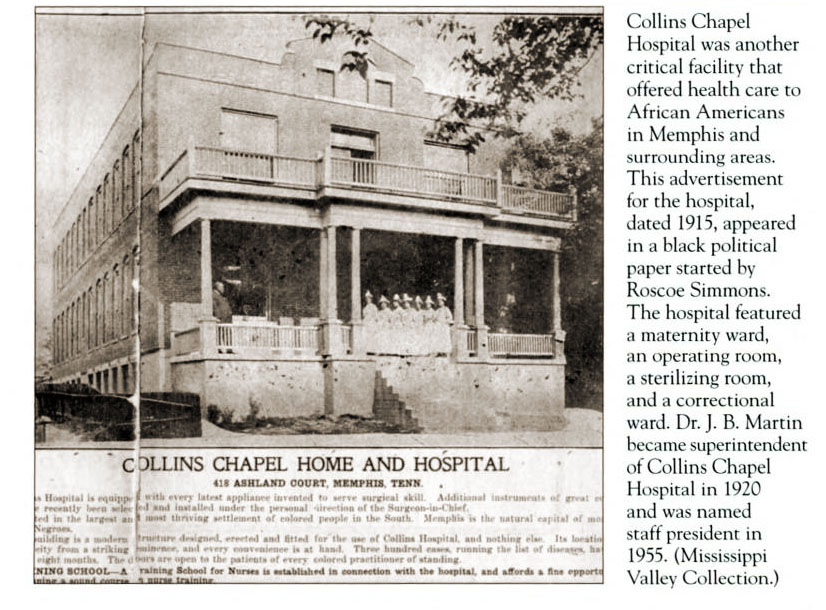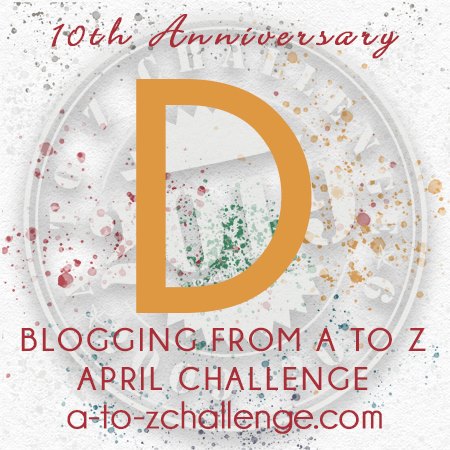
This is my 7th year participating in the A to Z Challenge. In the 2015 challenge, I wrote about the Cleages formerly enslaved on the plantations of Samuel and his sons Alexander and David Cleage of Athens, McMinn County, Tennessee. Most of the people in these posts are not related to me by blood or DNA, however my ancestors were enslaved on the same plantations.
This year I ordered the files of the Cleage men who served in Co. I, 1st Regiment, United States Colored Heavy Artillery (USCHA), during the Civil War. Through these files I learned that their lives were much richer and more complex than census, death and other records can show. I am using the information from pension files and records that I found through the files for this years challenge.

Today’s post takes us back to Amanda Cleage, who appeared in the “A” post. This document was used during her pension hearing to establish that she had divorced her first husband and was the legal wife of Abram Cleage and entitled to a widow’s pension.
Amanda Cleage and Lon Deadrick were married soon after slavery. They obtained a divorce before she left for Texas.
******
Deposition D Case of Amanda Cleag
23rd July, 1909 at Chattanooga, county of Hamilton, Tennessee
Lon Deadrick
I don’t know my age, but I was a young man at emancipation. I am a shoemaker at 602 East 8th Street, Chattanooga, Tennessee.
I lived in Athens, this state until long after emancipation. I married Amanda Cleage there just after emancipation and I was her first husband. Abram Cleage got in between her and me and got her away from me and they afterward went off with old man Tucker to Texas. I don’t know whether Abram and Amanda married or not. If they did marry, it was after they left this state. I know that they didn’t have time to marry while they were here in Chattanooga while on their way to Texas; I came on the same train they did because I heard Amanda was going off to Texas on that train and they were not in Chattanooga more than ten minutes; I went on a distance on the same train.
I don’t know that Abram had any wife before he went off with Amanda Cleage. In slavery he went with a brown skinned woman named Emma. I don’t know what became of her and I didn’t know him to have anything to do with her after he came out of the army.
I understood the foregoing as it was read by the examiner, and it is correct.
Lon (his mark X) Deadrick.
Attest –
J. A. Johnson
Charles Smith
Divorce
Amanda Deadrick Vs. Lon Deadrick: This cause coming on this 21st day of December 1867 before the Hon. William L. Adams Judge & C., to be finally heard and determined, upon the bill of Complaint answer of respondent and proof of witnesses introduced in open court from all which it appearing to the court that the cruel and inhuman treatment of the defendant towards the complainant – acts of personal violence, threat and abuse have been such that the complainant is entitled to the relief prayed for in her bill – that it is unsafe for her to cohabit and live with him as a wife. It is therefore adjudged and decreed by the Court that the bonds of matrimony heretofore subsisting between the complainant and respondent to be and the same are hereby dissolved, declared null and void and for nothing held. That the complainant be restored to all her rights of a single woman and to her maiden name Amanda Cleage; that she retain possession of their child. Deadrick according to law, that the complainant and William H. Howard her security in the prosecution bond in this case pay the cost of this cause in the final instance and that the complainant have judgment over against the respondent for the costs aforesaid for all which execution may issue.
Wm L. Adams Judge presiding
I.J.E. Tuell clerk of the Circuit Court McMinn C. Tenn.
Hereby certify the foregoing to be a true copy of the divorce in the foregoing case as same appears of record in my office this 22 day July AD. 1909 J.E. Tuell Clerk
